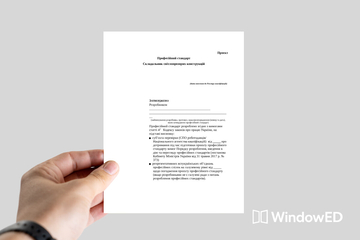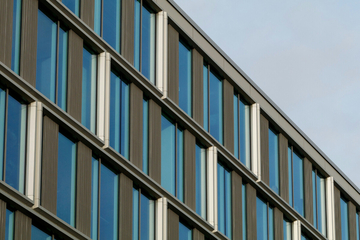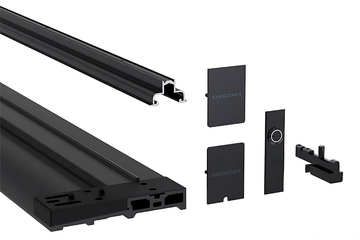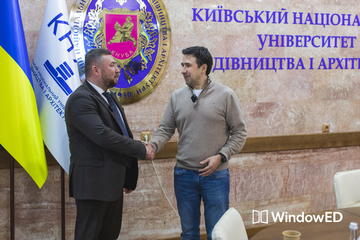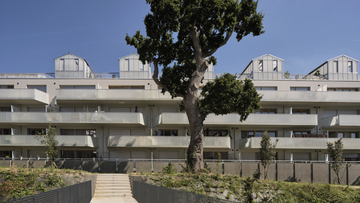The University of Toronto Engineering researchers have developed "liquid windows" to reduce heating, cooling and lighting costs in buildings.
The system was inspired by the dynamic colour change of the squid's skin. The prototypes built at U of T Engineering contain several layers of channels. Each channel contains fluids with various optical properties. By pumping the liquids into and out of the channels, the system can optimise the type, amount and distribution of light transmitted.
"If we can strategically control the amount, type and direction of solar energy that enters our buildings, we can massively reduce the amount of work that we ask heaters, coolers and lights to do," says Raphael Kay, one of the researchers.
According to the team, their approach is more effective than automatic blinds or windows that change their transparency when exposed to electricity. Current systems cannot distinguish between different wavelengths of light. Sunlight contains visible light, which affects lighting, and infrared light, which heats the room. Blinds and windows block both or neither. However, they are already used in buildings and the new development is still a concept.
The advantages of the idea include simple, non-toxic and inexpensive materials. According to a computer model, the potential energy impact of such a dynamic façade is to save more than 50% of heating, cooling and lighting energy. The researchers are now working on how to effectively cover the whole building.
Also, the team leader hopes the study will encourage others to think more creatively about new ways to manage energy in buildings.
Previously, scientists at Singapore's Nanyang Technological University developed a window panel with a hydrogel-based liquid to block solar heat.
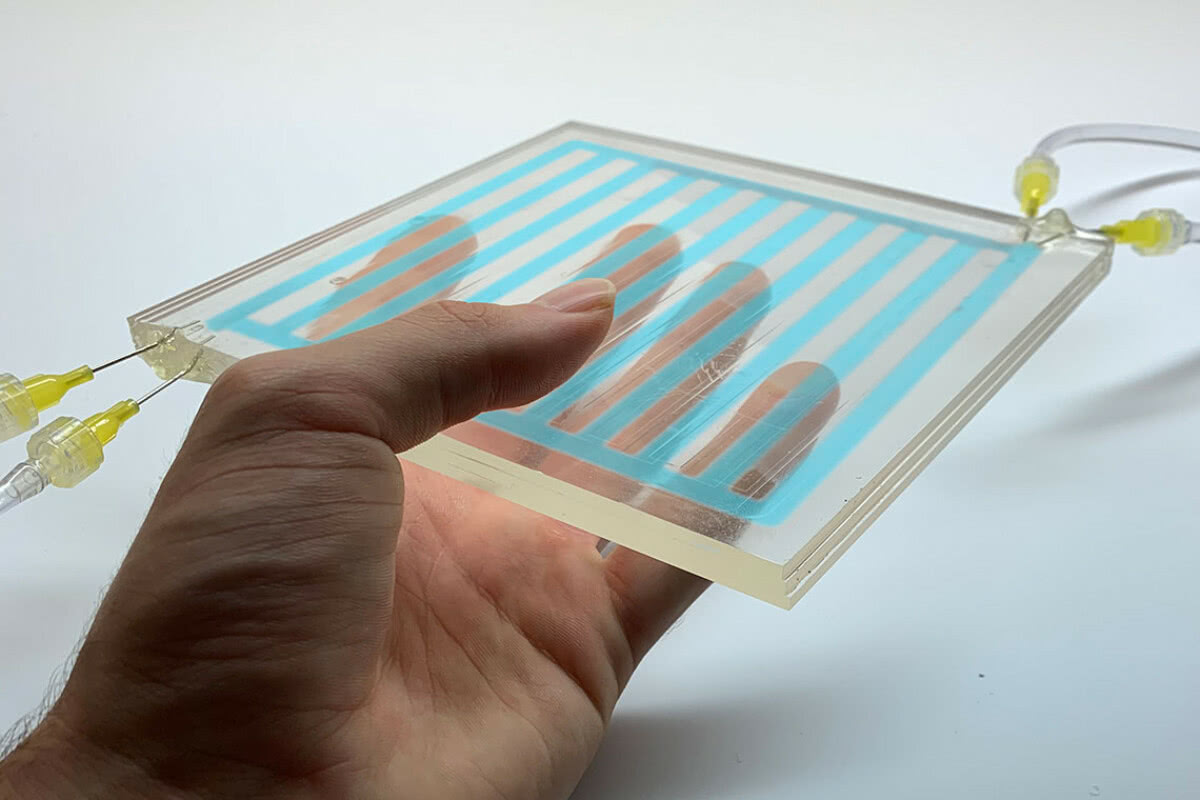
Photo: University of Toronto
"Liquid windows" were developed to control the amount and type of solar energy
ID no: 22573

Dec 24, 2025

Dec 17, 2025

Jan 9, 2026
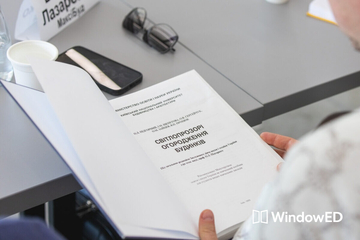
Jan 8, 2026

Dec 26, 2025



